The US Medical Coding Market exhibits a dynamic landscape characterized by a mix of established players and new entrants striving to gain a foothold. The growing demand for healthcare services, fueled by an increase in the aging population and advancements in healthcare technology, has made medical coding a critical function in the healthcare industry. This market is influenced by various factors, including the rising need for accurate documentation, compliance with regulations, and the push for value-based care. Competitive insights reveal a focus on innovation, technology integration, and comprehensive service offerings as companies seek to differentiate themselves.
Key players in the market are investing in tools that leverage automation, analytics, and artificial intelligence, striving to enhance efficiency and accuracy in coding processes while navigating regulatory complexities.
TruCode
TruCode holds a significant position in the US Medical Coding Market, known for its robust coding software that enhances the productivity of healthcare professionals. With a strong reputation for user-friendly interfaces and integration capabilities, TruCode effectively assists medical coders in coding accuracy and efficient workflow management. The company's systems often include advanced features such as real-time coding audits, compliance checks, and seamless integration with electronic health record systems, thereby streamlining the coding process.
The strength of TruCode lies in its commitment to innovation, regularly updating its software to comply with the latest coding guidelines and regulations, which positions it as a reliable partner for healthcare organizations looking to optimize their coding practices.
Cognosante
Cognosante is another influential player in the US Medical Coding Market, where it offers a wide array of services, including coding solutions, healthcare IT consulting, and administrative support services. The company has developed a strong market presence by focusing on government healthcare programs and commercial sectors, providing tailored solutions that meet specific organizational needs. Cognosante's services are designed to enhance operational efficiency by ensuring accurate coding, compliance with regulations, and effective revenue cycle management. The company has strategically engaged in mergers and acquisitions to expand its service offerings and bolster its expertise in the healthcare IT space.
Its continuous focus on developing innovative solutions, combined with a deep understanding of regulatory frameworks, positions Cognosante as a formidable competitor in the medical coding arena within the US.


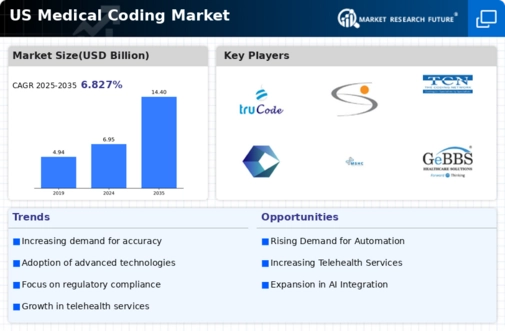
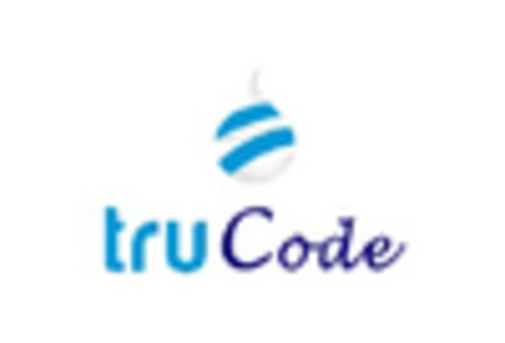
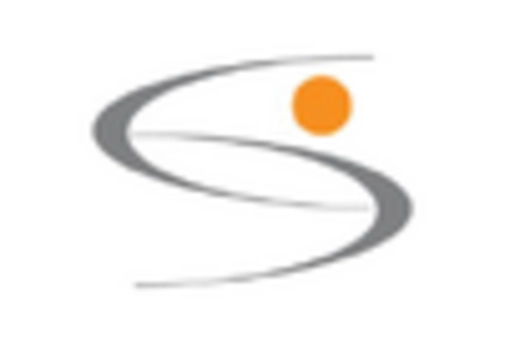
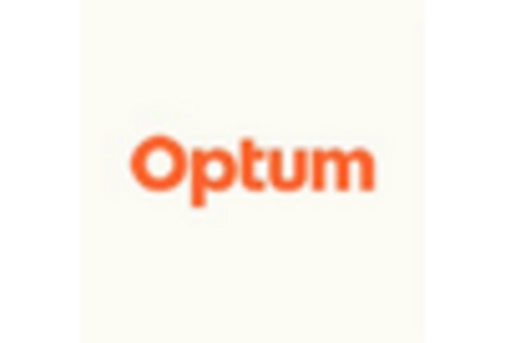
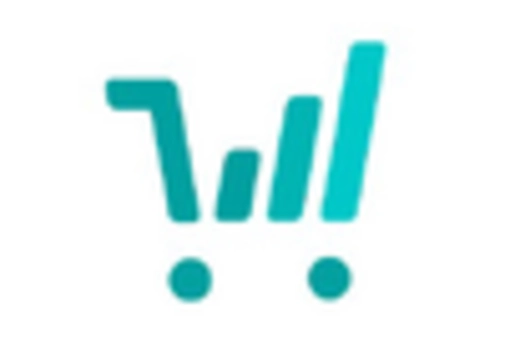

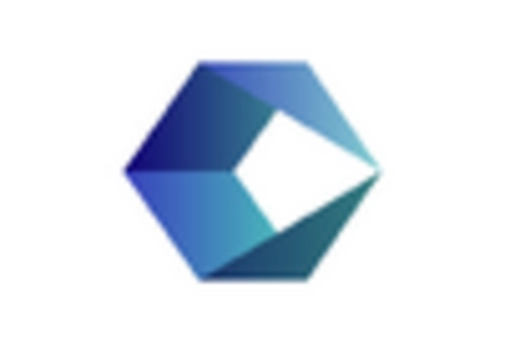
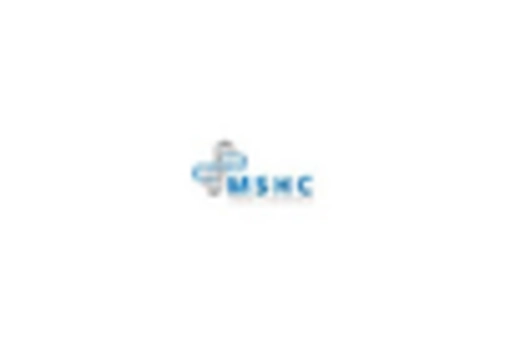
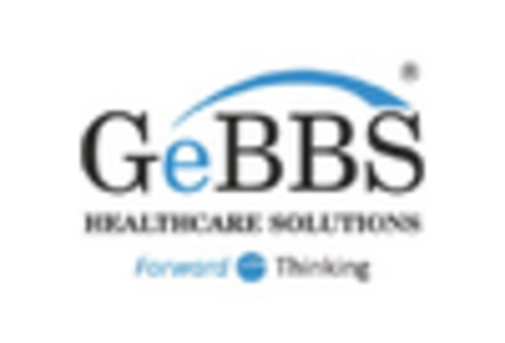









Leave a Comment